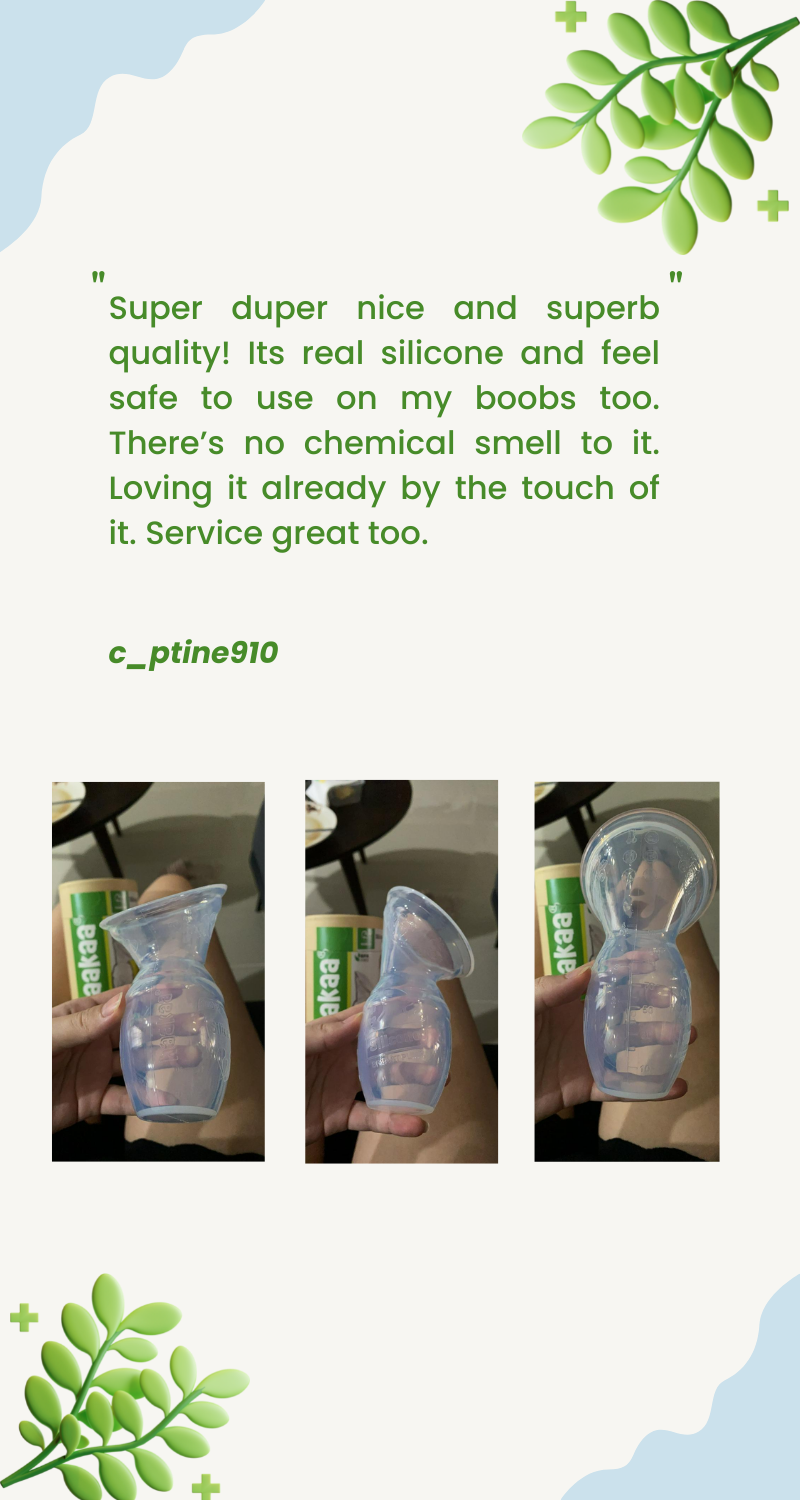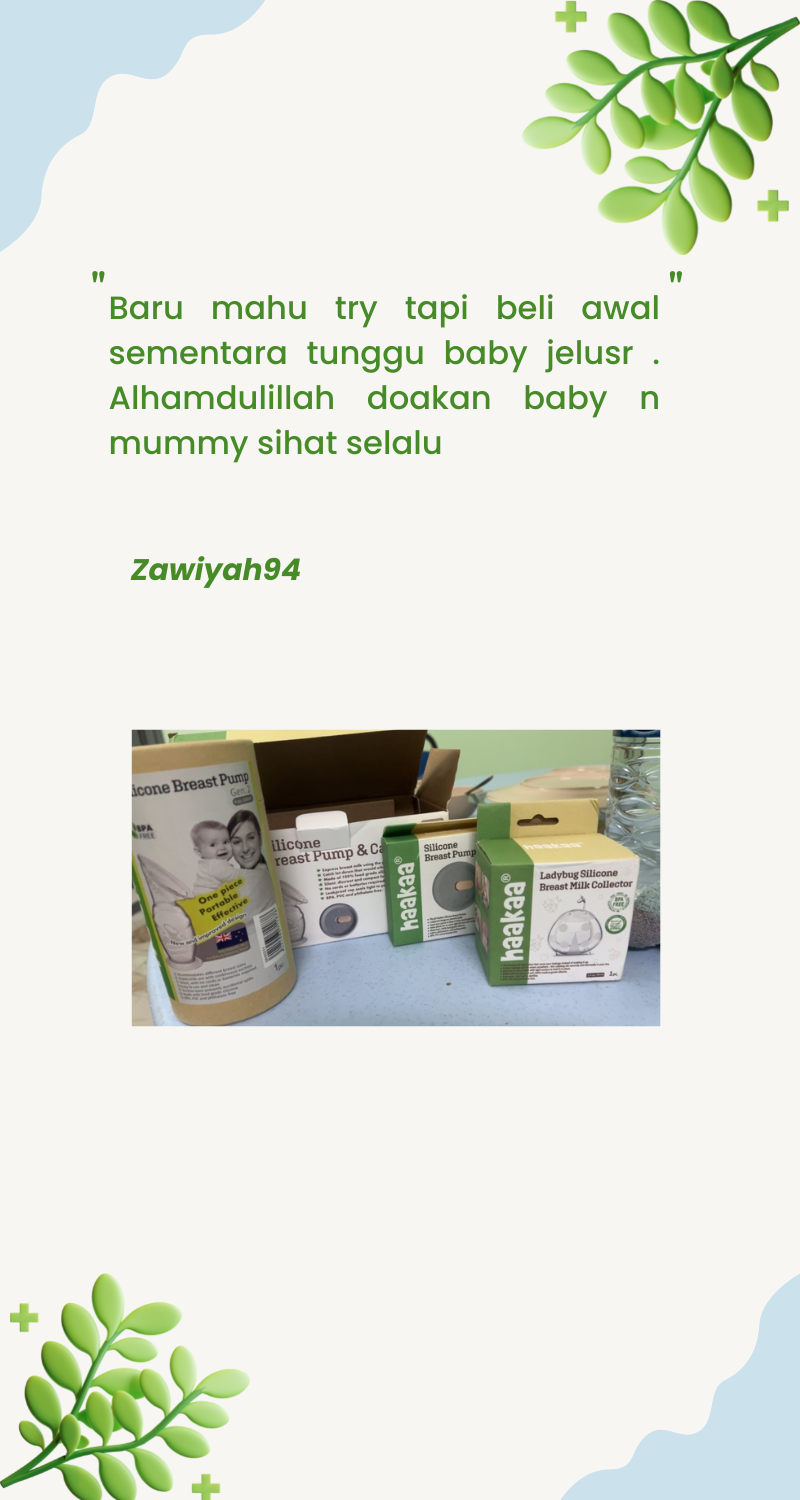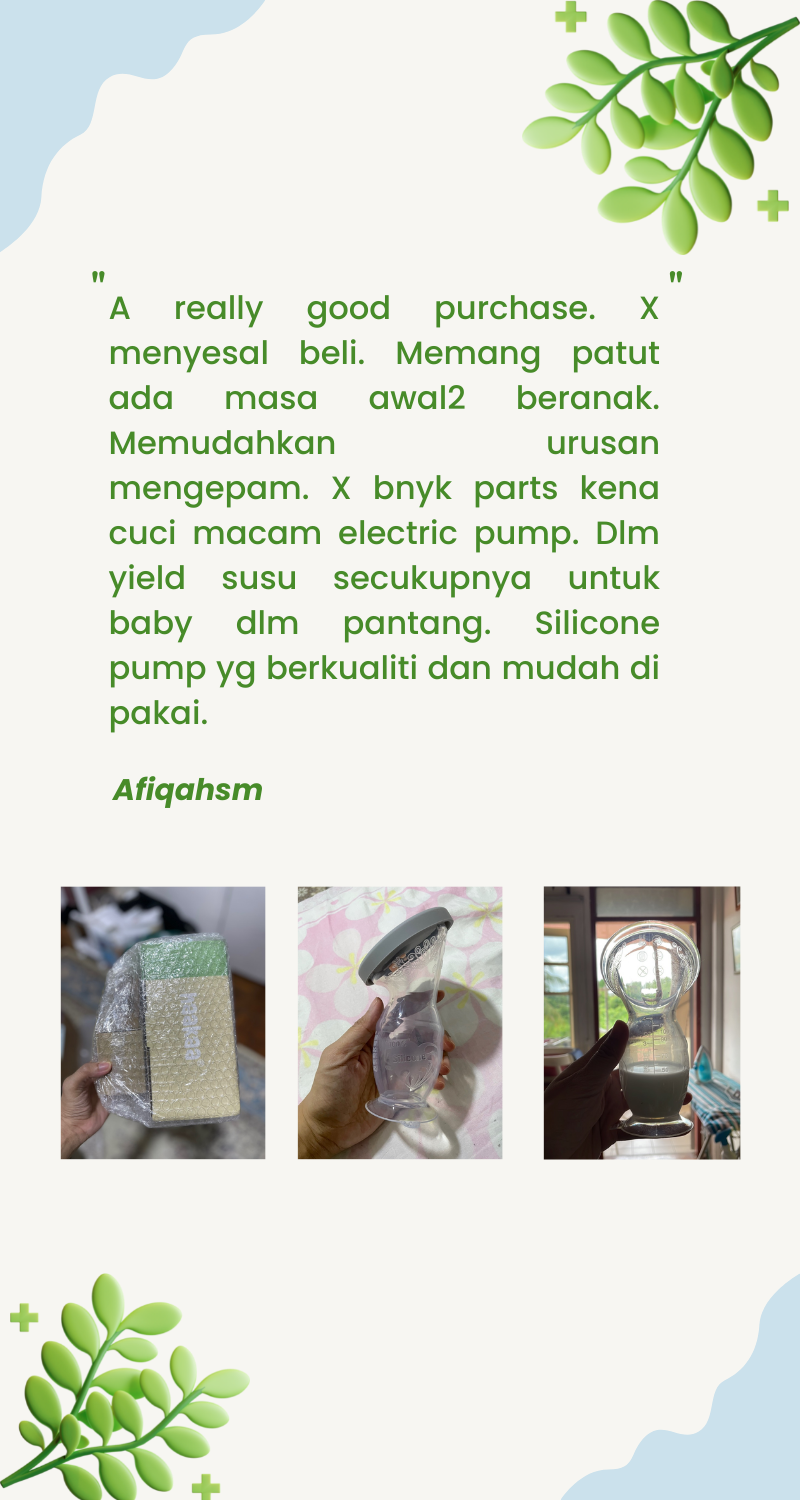
This blog is written by midwife Aliza from Bumpnbub.
One in three women in Australia is induced...
There are many reasons why your healthcare provider may recommend that you have an induction, or you may choose to have an induction for personal reasons. Knowing the induction process, the benefits and risks, and what you can do to have a positive induction experience is vital in the lead up to your birth. If being induced is something you do not want to do and your healthcare provider recommends it, you and your partner have every right to refuse as long as you understand what risk this may pose for you and your baby. Every situation is different, so it is very important to chat with your OB or midwife regarding your circumstance to decide what is best for you.
The majority of the time, spontaneous labour occurs from 37-42 weeks pregnant, when you begin to experience contractions, and your cervix softens and opens as labour progresses. Induction is when your labour is started artificially and can involve several different methods. Labour can be induced by using a prostaglandin gel, inserting a catheter through your cervix, breaking your waters, or using a hormone drip. A combination of these methods can also be used during your induction. There are always risks with being induced; however, there are also potential risks of not being induced if medically advised. Your healthcare provider should explain the procedure, risks and scenarios that could potentially occur, so you can make an informed decision for you and your baby. Take the time you need to understand and make an informed choice.
Indications and contraindications of being induced and the induction method will heavily depend on your healthcare provider and their recommendations, so it is important always to feel comfortable and trust who is caring for you through your pregnancy and birth.

Indications or reasons why induction may be recommended:
- Maternal reasons - overdue (generally 40 weeks + 10 days), your waters have broken for more than 18 hours, and you haven’t gone into labour yet (prolonged rupture of membranes), concerns the placenta is not functioning well or an increased BMI.
- Baby reasons - your baby is small for gestational age or is not growing normally (intrauterine growth restriction), your baby is growing rapidly (large for gestational age), baby has a diagnosed condition, or baby has decreased movements.
- Medical reasons - high blood pressure or pre-eclampsia, diabetes, kidney problems, cholestasis, you are taking blood thinners that need to be stopped before labour.
- Social reasons - maternal request, your partner has a fly in/fly out job, mental health reasons.
Contraindications or potential reasons why you cannot be induced:
- Maternal reasons - previous C-section, your placenta is close to or covering your cervix (placenta praevia), bleeding, any other contraindication for labour or vaginal birth.
- Baby reasons - your baby is not head down (if baby is breech or transverse), baby’s head is not engaged or not in the pelvis, the cord is presenting before baby’s head.

Methods of Induction
The process of being induced can be lengthy, depending on if you need one or a combination of the below methods to be induced, depending on how ready your cervix is. The goal to begin your induction and for labour to commence is to have your waters broken. The method of using prostaglandin gel or the balloon catheter is to ripen or open the cervix enough for your healthcare provider to break your waters.
Prostaglandin comes in the form of a gel (Prostin) or pessary (Cervidil) and is a medication that is inserted into the vagina towards the cervix and left in place for six hours to ripen your cervix. Before prostaglandin is given, your midwife will apply the CTG machine to make sure the baby’s heart rate is normal. However, you may experience cramps or tightenings after the prostaglandin is inserted, and occasionally, your uterus can be overstimulated, which can cause your baby distress. For this reason, after the prostaglandin is administered, your midwife will ask to put the CTG machine back on for 30 minutes to monitor bubs heart rate and your tightenings. Generally, six hours after the prostaglandin gel or pessary has been administered, your OB or midwife will perform another vaginal examination (with consent) to assess your cervix and either administer another dose of prostaglandin or break your waters.
A balloon catheter (Cooks or Foley catheter) is often preferred by some practitioners if this is your first baby as it involves no medications and stays in place for 12 hours to give your cervix the best chance of opening. The procedure to insert the catheter can be uncomfortable, but you can ask your midwife or OB to stop at any time (as with EVERYTHING during this process). First, a speculum is inserted into the vagina (similar to when you have a pap smear) and positioned so the cervix is visible. Then, the midwife inserts the catheter (a thin plastic tube) through the cervix and inflates two balloons with sterile water. One balloon sits on the inside of the cervix (near your baby’s head), and the other sits on the outside of the cervix. The balloons put pressure on your cervix over 12 hours (unless it falls out earlier) to encourage it to open slightly. When the catheter is removed, your healthcare provider will examine your cervix and break your waters. You can ask the OB to use nitrous oxide gas (happy gas) at this time, as it can make you feel more relaxed.
Artificial rupture of membranes (ARM) is the technical term for breaking your waters, which is the next step in an induction (unless your waters have already broken). To break your waters, your healthcare provider will examine your cervix, and hopefully, it is open 1-2cm, and they can insert an implement into the cervix to break the amniotic sac that surrounds your baby. Breaking the amniotic sac will release the amniotic fluid, and your waters will flow out. Commonly you will need prostaglandins or the balloon catheter to help open your cervix for your waters to be broken, but if your cervix is already dilated, your healthcare provider might be able to break them without using those methods. After your waters have been broken, you may choose to wait to see if your body starts contracting on its own before the syntocinon infusion (hormone drip) is commenced, or you may decide to start the drip straight away.
Syntocinon infusion is often referred to as oxytocin or ‘the drip’, and is a synthetic version of the oxytocin hormone our body naturally produces in labour. This medication is given to you via an intravenous cannula in your hand or your arm, which runs directly into your vein and bloodstream. The syntocinon drip is commenced at a very low rate and increased slowly by your midwife as per the hospital policy. This infusion is what is going to cause your body to start having contractions and progress into active labour. When you are having regular, strong contractions lasting 45-60 seconds, your midwife will stop increasing the drip.

Things to be aware of when being induced
As mentioned at the beginning, being induced is bringing on labour and the birth of your baby artificially with the use of medication. For this reason, it is important that your health care provider monitors you and your baby closely through this process to minimize the risk of overstimulating your uterus or your baby getting distressed. During the methods of induction explained above, observations will be done regularly on you and your baby for your safety. If you need the syntocinon infusion after your waters have been broken, you will be connected to the drip. As well as the hormone drip, you will also have fluids running through lines to your cannula. This drip can restrict your movement, although the drip pole is portable, so you can still be mobile. Once the drip starts, you will also be connected to a CTG machine, so your baby is monitored at all times. Because you are connected to the CTG monitor and drip, you will be unable to get in a bath or birth pool but will be able to get into the shower if your hospital has a waterproof CTG machine.
Induction can be different for every woman, sometimes, being induced can be quick, and other times labour can be longer when induced, especially if it is your first baby. Being induced may increase your chance of needing an emergency C-section because your baby is in distress or your cervix does not dilate, but there is evidence for and against this. A good resource to look at, which includes statistics at the end is:
Queensland Clinical Guidelines, Parent information: Induction of Labour
https://www.health.qld.gov.au
Ways to facilitate a successful induction and positive birth experience
There are always going to be stories of women you know having a negative birth experience or a negative induction story, but an induction can be a really positive experience too. Stay positive leading up to your induction, listen to positive induction podcasts and research ways to help improve your experience. Make sure you and your partner understand exactly what is happening and why and ask all the questions you need.
- Having a known healthcare provider and good support (partner, friend) through the whole process will be beneficial to you and being able to trust your birth team.
- Having birth preferences and informing your healthcare provider what your preferences are before the induction, including what pain relief you may want (epidurals are common during an induction as it may be more painful than spontaneous labour).
- Create a relaxing birth environment and set up the room how you want it. Ways to do this include; dim lights, having candles or fairy lights, playing music of your choice, diffusing oils of a familiar scent, moving furniture so you have space to move around, placing affirmation cards or photos of other children or loved ones on the walls to read and look at.
- Build your own supply of endorphins (pain-relieving hormones) through physical touch from your partner or a TENs machine.

Ways to increase contractions with or without the syntocinon drip:
- Keep your mind and body relaxed; feeling calm and comfortable will help your body naturally release hormones and facilitate the progression of your labour.
- Stay active in upright positions. Use equipment such as a birth ball, change positions frequently, do lunges, squats and climb stairs (if there are some near you).
- Encourage natural oxytocin production by being affectionate with your partner; cuddle, dance, laugh, get them to massage you or apply pressure to acupressure points.
- Ask your healthcare provider to give you as much time as possible on your own without them in the room so you and your partner can have space and privacy.
This blog does not replace medical advice and is general advice and suggestions only. Always consult your healthcare professional.







